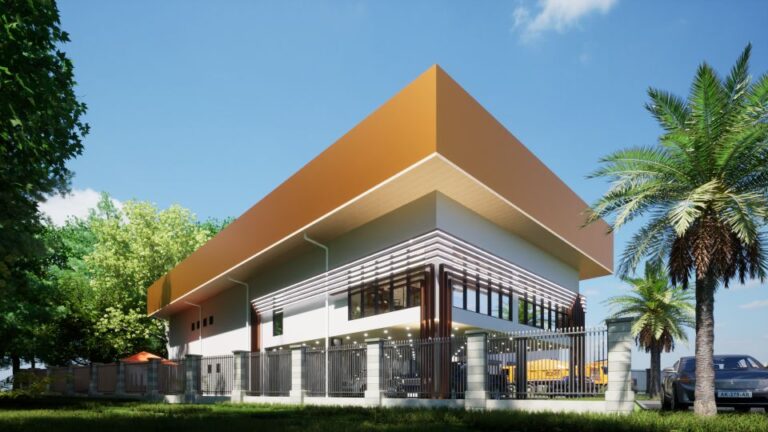The principles of architecture in 2000 were a mix of traditional and modern styles. Some of the most popular styles included:
- Neo-Eclecticism: This style draws inspiration from many different architectural styles, often incorporating elements of Mediterranean, Tudor, Colonial, and more. It was a popular choice for residential homes in the 2000s.
- Minimalism: This style is characterized by its simplicity and clean lines. It often uses natural materials and light to create a sense of space and openness.
- Postmodernism: This style is a reaction to the functionalism of modern architecture. It often uses playful and decorative elements to create a sense of surprise and delight.
- Sustainability: This is a growing trend in architecture, as people become more aware of the environmental impact of buildings. Sustainable buildings are designed to use less energy and resources, and to have a smaller carbon footprint.
The principles of architecture in 2000 also emphasized the importance of function, space, and light. Buildings were designed to be functional and efficient, while also providing a comfortable and inviting environment for the people who use them.
Here are some of the specific principles of architecture that were important in 2000:
- Function: Buildings should be designed to meet the needs of their users. This includes considering the function of the building, the climate, and the surrounding environment.
- Space: Buildings should be designed to create a sense of space and openness. This can be done by using natural light, open floor plans, and large windows.
- Light: Natural light is an important element in architecture. It can be used to create a sense of space, to highlight architectural features, and to improve the mood and productivity of the people who use the building.
- Proportion: The proportions of a building should be in harmony with each other. This creates a sense of balance and order.
- Scale: The scale of a building should be appropriate for its surroundings. A large building in a small space can be overwhelming, while a small building in a large space can be lost.
- Materials: The materials used in a building should be appropriate for its function and climate. They should also be durable and low maintenance.
- Details: The details of a building should be carefully considered. They can add a touch of elegance or create a sense of surprise and delight.
The principles of architecture in 2000 are still relevant today. They provide a foundation for creating functional, beautiful, and sustainable buildings.



